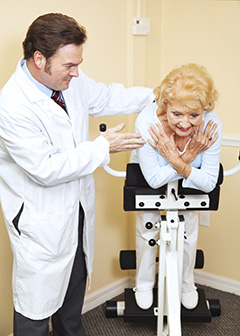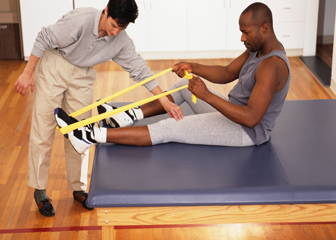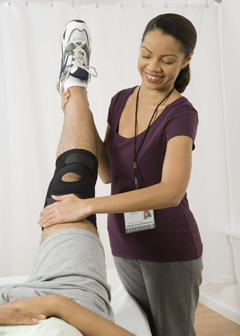Summary

| Quick Facts: Physical Therapists | |
|---|---|
|
$76,310 per year
$36.69 per hour |
|
| Doctoral or professional degree | |
| None | |
| None | |
| 198,600 | |
| 39% (Much faster than average) | |
| 77,400 | |
What Physical Therapists Do
Physical therapists help people who have injuries or illnesses improve their movement and manage their pain. They are often an important part of rehabilitation and treatment of patients with chronic conditions or injuries.
Work Environment
Physical therapists typically work in private offices and clinics, hospitals, and nursing homes. They spend much of their time on their feet, actively working with patients.
How to Become a Physical Therapist
Physical therapists typically need a doctoral degree in physical therapy. All states require physical therapists to be licensed.
Pay
The median annual wage of physical therapists was $76,310 in May 2010.
Job Outlook
Employment of physical therapists is expected to increase 39 percent from 2010 to 2020, much faster than the average for all occupations. Demand for physical therapy services will come, in large part, from the aging baby boomers, who are staying active later in life than previous generations did.
Similar Occupations
Compare the job duties, education, job growth, and pay of physical therapists with similar occupations.
O*NET
O*NET provides comprehensive information on key characteristics of workers and occupations.
Contacts for More Information
Learn more about physical therapists by contacting these additional resources.








